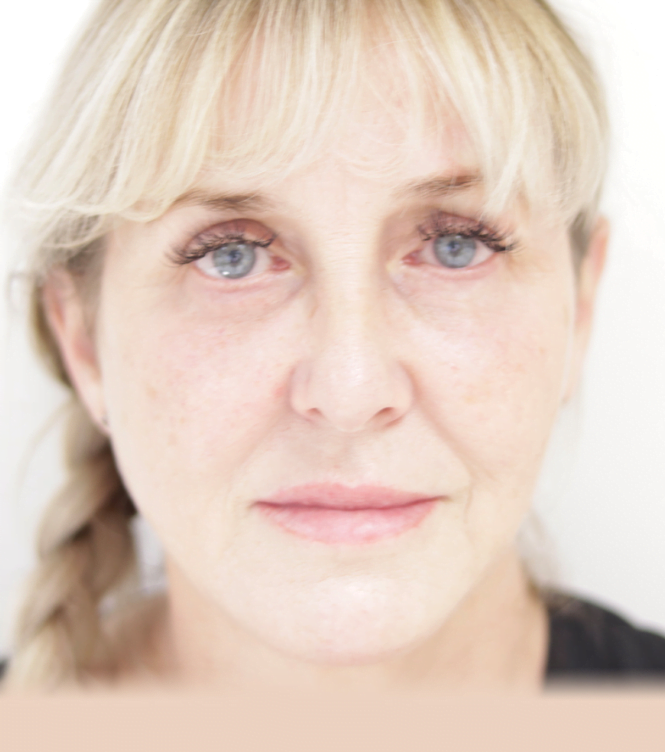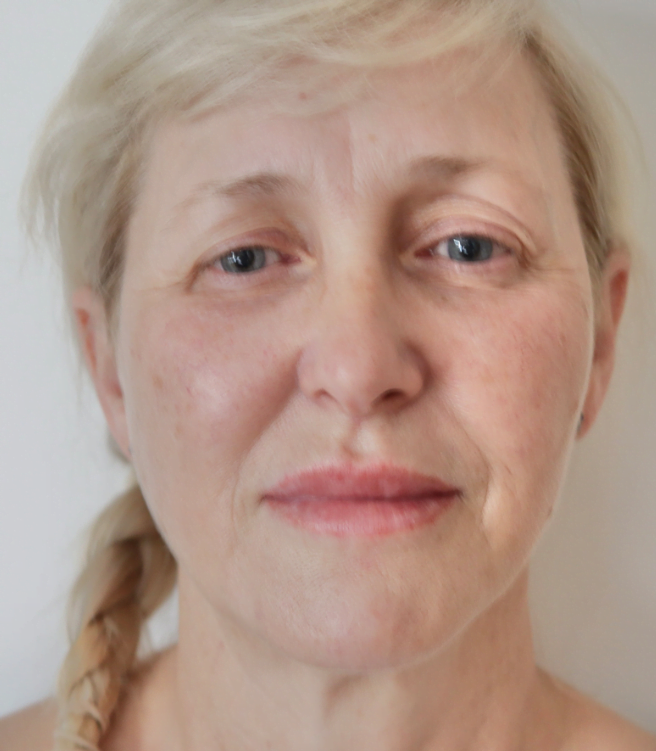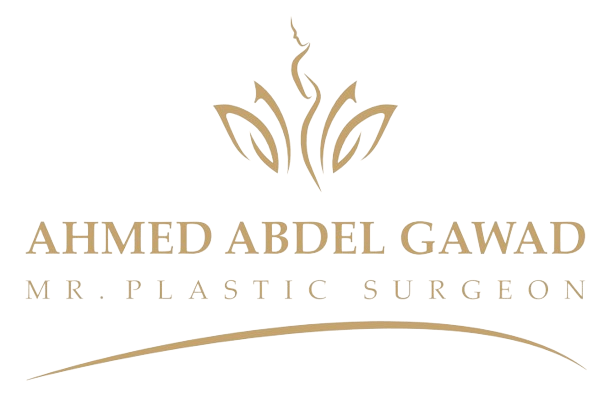Do you want to rejuvenate your face and get rid of wrinkles that constantly disturb your mood and affect your self-confidence? Facelift surgery is the perfect solution for you, as a facelift is an effective solution to rejuvenate the skin and get rid of wrinkles.
At our center, Whether you want to restore a youthful appearance, get rid of the signs of aging, or achieve perfect facial tones, we are here to help you every step of the way, from initial consultation to comprehensive aftercare, putting your comfort and confidence first.
Table of Contents
Toggleماذا تعرف عن جراحة شد الوجه (Rhytidectomy)
عملية شد الوجه أو استئصال التجاعيد، هي نوع من الجراحة التجميلية لمعالجة التغيرات المرتبطة بالعمر في الخدين واللغد والرقبة، ويهدف هذا الإجراء إلى تقليل الجلد المترهل حول النصف السفلي من الوجه أسفل العينين.
The procedure involves lifting the skin on the face, then pulling it back to look tighter, softer, and younger, and some clients prefer to combine a number of procedures to improve the final results of the facelift such as tightening the neck muscles, transferring fat to the cheeks, or other procedures.
This type of plastic surgery usually lasts for long periods, but a facelift doesn’t make your face immune to the natural effects of aging.
Steps of a facelift from Dr. Ahmed Abdel Gawad Center
There are several different types of facelift procedures that we may follow at the center, but generally include the steps of a facelift:
- Making incisions in your temples just above your hairline.
- Get rid of excess skin on your face.
- Pull the remaining skin back and then up. Then sew everything into place.
- It may be necessary to redistribute fat and tissue in the face or in some cases where there is a significant loss of facial volume, the surgeon may add more fat for a more youthful result.
- The last stage is to dress the face to reduce any swelling or bruising that results after the procedure.
Why is Dr. Ahmed Abdel Gawad Center the perfect choice for a facelift?
Take a look at what distinguishes Dr. Ahmed Abdel Gawad Center in facial plastic surgeries and other cosmetic procedures:
- Global Experience: Dr. Ahmed Abdel Gawad has globally recognized clinical experience, ensuring a comfortable and safe experience for patients.
- Broad Specialty: Dr. Ahmed Abdel Gawad has over 20 years of experience in plastic surgery, including facelift, body contouring surgery, and breast surgery, making him the perfect and safe choice at the same time.
- Outstanding patient care: Dr. Ahmed Abdel Gawad takes care of his patients immediately after surgery, which gives a great deal of reassurance to the clients.
- Qualification: Dr. Ahmed Abdel Gawad is registered with the General Medical Council as a plastic surgeon, which confirms his credentials and qualification to practice this field.
- Dr. Ahmed Abdel Gawad works as a leading provider of plastic surgery at the Royal Liverpool University Teaching Hospital, ensuring the highest standards of quality and training.
Choosing Ahmed Abdel Gawad Center means choosing expertise, dependability, and comprehensive care to achieve the best results in facelift surgery. Join us today and enjoy a premium facelift experience.
A vivid example of facelift surgery cases


patient file:
Patient anxiety: The patient expressed feeling that she saw her mother mirrored in the mirror, which led her to want to change.
Consultation and Decision-Making:
Emotional impact: The patient’s honest statements deeply impacted, sparking a strong commitment to help bring about her transformation.
Treatment options: A thorough discussion of the various options was conducted, which led to the decision to perform a joint face and neck lift, as well as neck liposuction.
Procedure details:
Face and neck lift: The surgical method involved lifting the face and neck to deal with sagging skin and restore a more youthful face.
Neck liposuction: Neck liposuction was performed to improve the neck area and enhance the overall appearance.
Postoperative outcomes
Emotional transformation: After the surgery, the patient showed satisfaction saying, ‘Now I enjoy a happy look at myself in the mirror.’
Restore Confidence: The operation was successful in achieving a renewed appearance, eliminating the association with maternal similarity.
Conclusion: This case highlights the profound impact of the specially designed facial transformation, and the patient’s impactful expression was a driving force to achieve a result that goes beyond aesthetics, providing her with renewed pleasure in her thinking, and the combination of a face lift and neck lift, along with neck liposuction, facilitated this result.
This case highlights the profound impact of facial transformation through the patient’s emotional expression of a driving force to achieve a result that transcends aesthetics, giving her renewed joy in her reflected image, combining face and neck lifting, along with neck liposuction, easy to thoroughly rejuvenate, to restore her appearance and emotional health.





